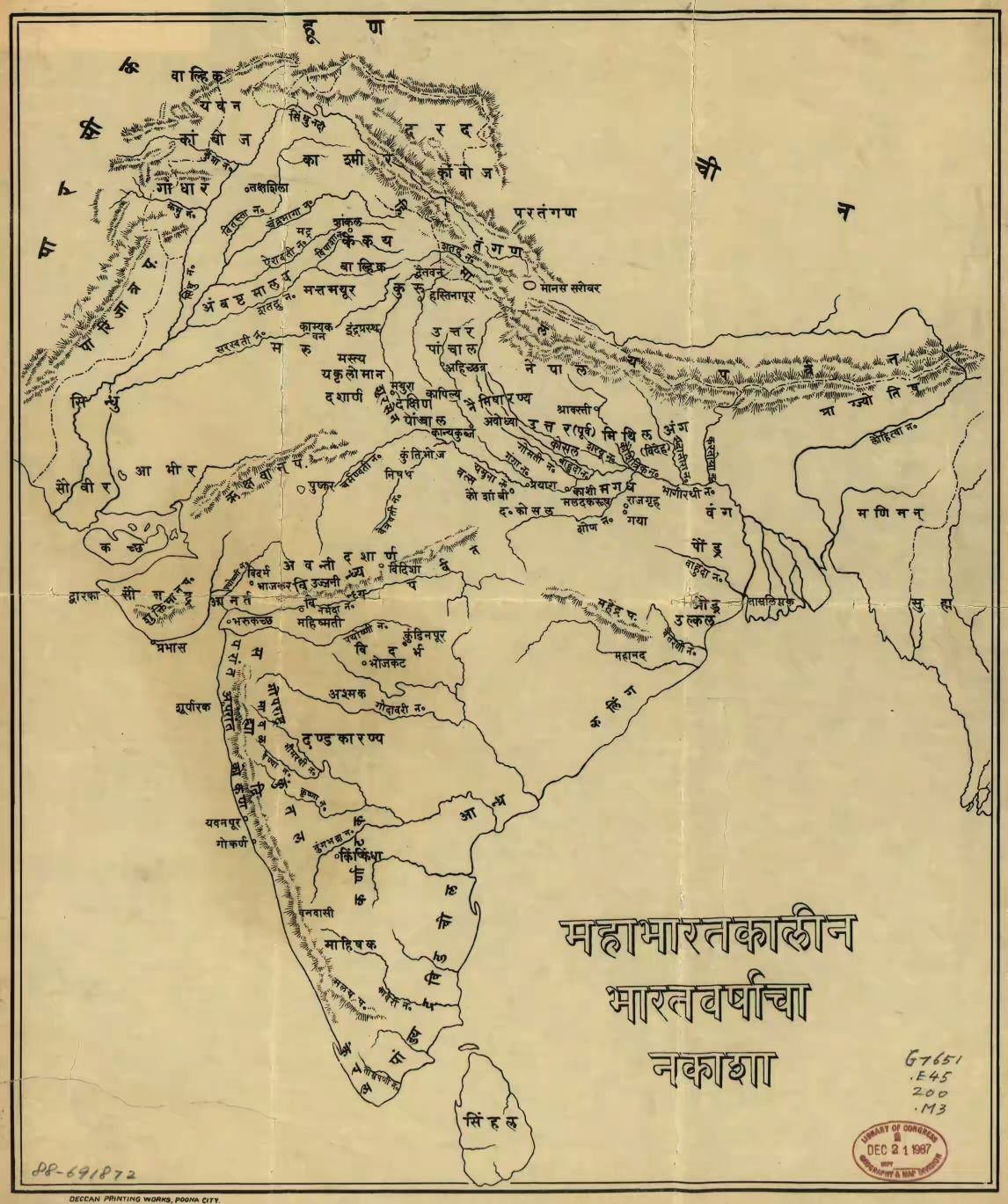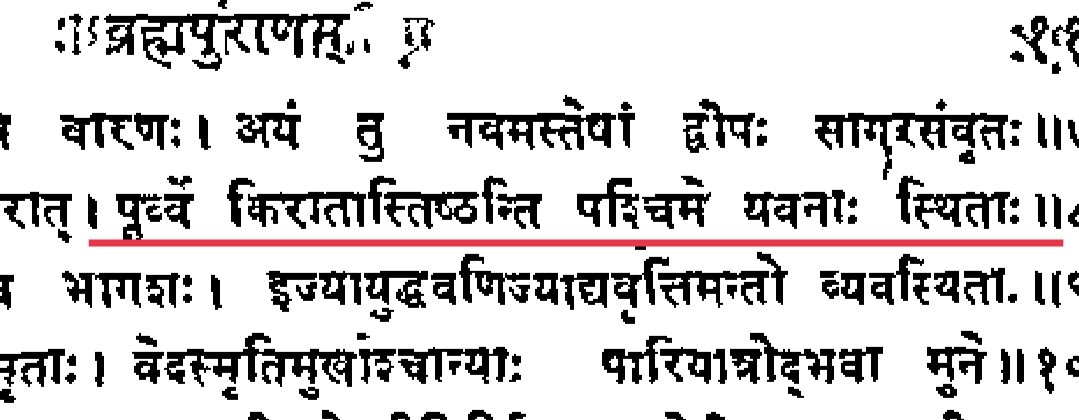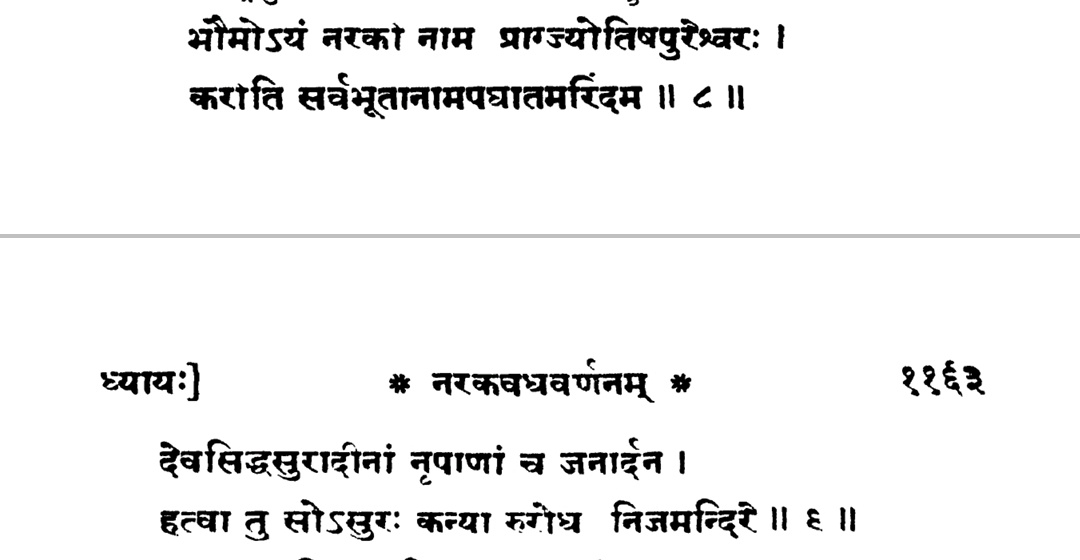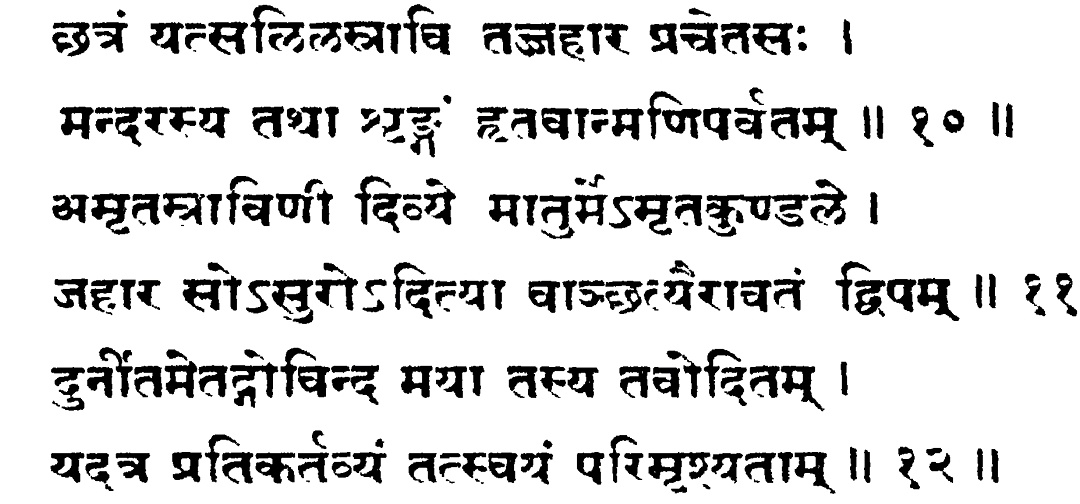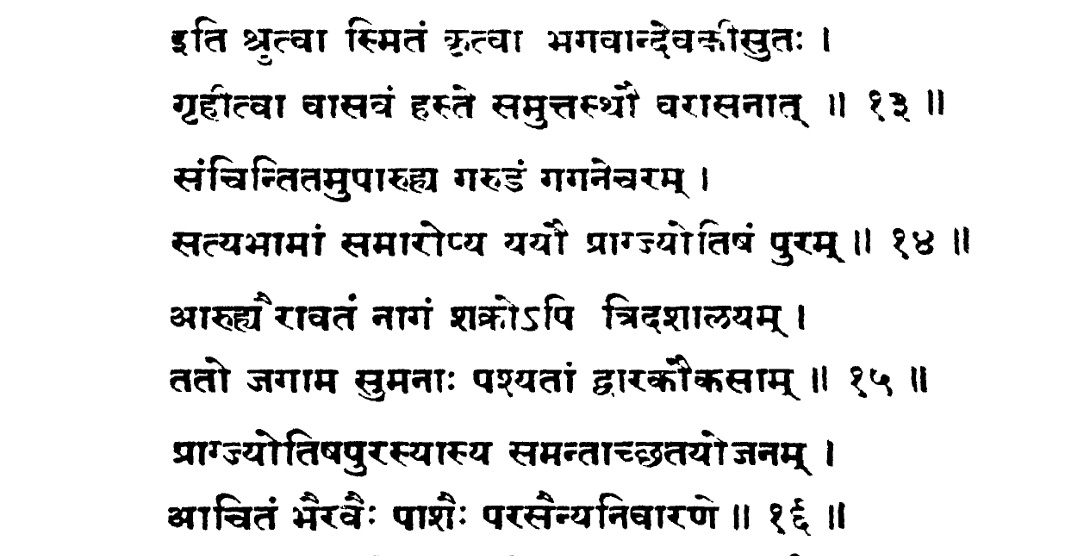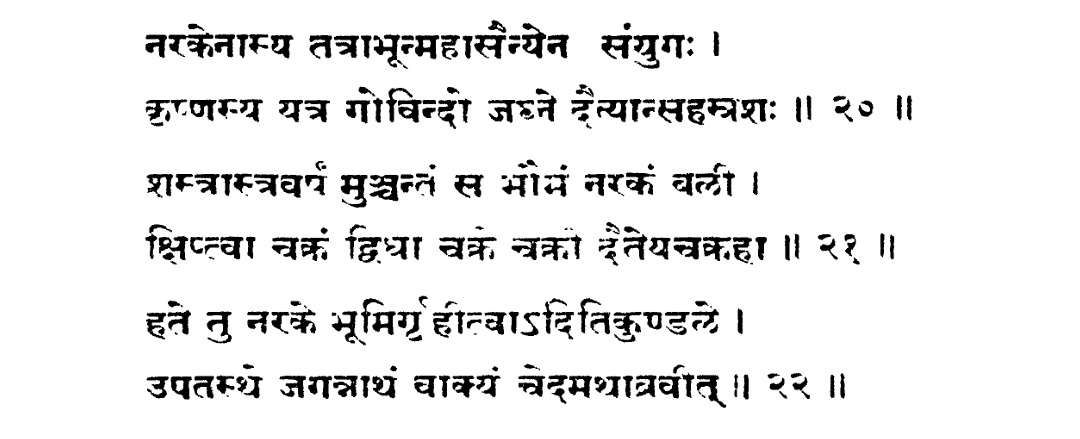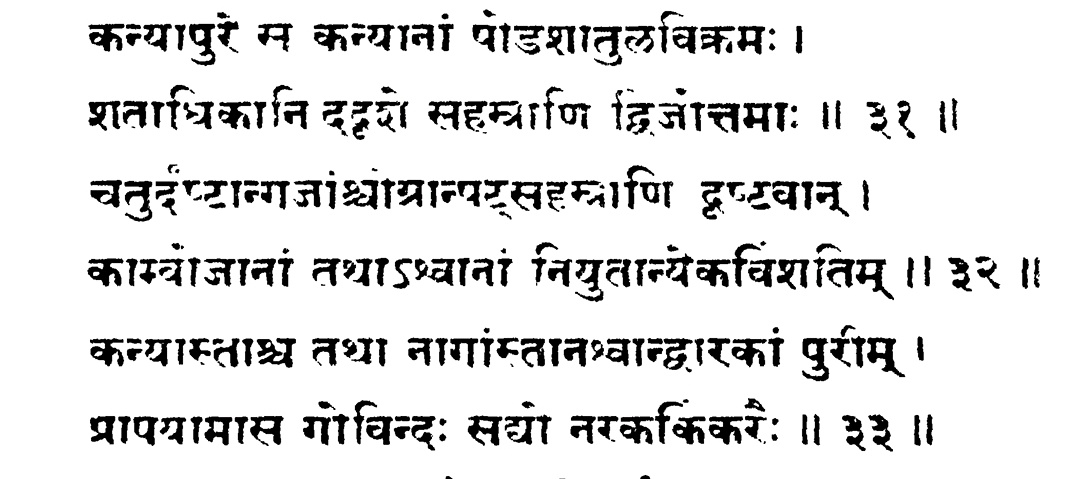A post on the description of Bharatavarsha & its sacred mountain ranges, river systems & its people in the Brahma Purana Rishi Lomaharshana begins the description of Bharatavarsha with this verse:
उत्तरेण समुद्रस्य हिमाद्रेश्चैव दक्षिणे।
वर्ष तद्धारत नाम भारती यत्र सतति ॥
To the north of ocean and to the South of Himalayas is the sub-continent Bharata. The subjects are called "Bharatis".
नवयोउ नसाहस्रो विस्तारश्च द्विजोत्तमा ।
कर्मभूमिरिय स्वर्गमपवाञ्च इच्छताम् ॥
Rishi Lomaharshana describes Bharat as the land of of karma where swarga can be attained.
महेंद्रो मलय सह्यः शुक्तिमानक्षपर्वत ।
विध्यश्च पारियात्रश्च सप्तात्र कुलपर्वता ॥
Then he describes the 7 Kulaparvatas i.e chief mountain ranges of a Bharat, namely : Mahendra, Malaya, Sahya, Suktiman, Rksa, Vindhya and Pariyatra.
In below verses it is reiterated that its only from Bharat that men attain swarga & mukthi. Nowhere else on earth are holy rites prescribed for men. It also talks about rebirth.
Below shlokas mention 9 divisions of Bharatavarsha, namely : Indradvipa, Kaserumat, Tamraparņa, Gabhastiman, Nagadvipa, Saumya, Gandharva and Varuna. Indradvipa is identified with the trans Brahmaputra region.
Kaserumat is the coastal plains between the deltas of Godavari & Mahanadi rivers. Tamaraparna is associated with the southernmost perennial river of Tamaparani which flows in southern TN. Gabhastiman is the hilly region between Narmada & Godavari rivers.
Nagadvipa is the region extended all over the mountainous belt between Narmada ranges upto the Chota Nagpur plateau (northern Chhattisgarh & parts of Jharkhand)
There is a mention of a Sowmyadvipa in Brahma Purana. In other puranas this is replaced with Simhala(Lanka) or Gandharva. Varuna is the western coast of Bharat.
Here Lomaharshana demarcates the eastern & western borders by describing the people who dwell beyond the borders of Bharat. To the east are the Kiratas & the west the Yavanas.
Every Purana that dwells into this topic describes the Chaturvarna & assigns their role, so does Brahma Purana. Brahmins perform sacrifices, Kshatriya the battles, Vaishyas trade & Shudras are into service. Only the above can call Bharat their homeland.
The next few shlokas describe the rivers & their mountain ranges from where they originate. Here Satadru (Sutlej) & Chandrabhaga (Chenab) are mentioned to be originating from the foot of the Himavan mountain.
Narmada, Surasa & other rivers originate from the Vindhya mountains. Tapi, Payoshni, Nirvindhya have their origins from the foothills of the Ṛkṣa mountains. Taking a dip in them relieves one of paapa.
Godavari, Bhimarathi, Krishnaveni and other rivers originate from the foot of Sahyadhri. The Kritamala, Tamraparni start from Malaya. The Trisandhya, Rsikulya and other rivers have their source in Mahendra. The Rsikulya, Kumara flow from the foot of Suktiman mountains.
These Shlokas identify the various people dwelling along the banks of all the rivers mentioned in the above few tweets. It mentions the well known Kurus & Panchalas. Eastern people of Kamarupa (Assam). Paundras & Kalingas are mentioned as people south of Kamarupa (West Bengal & Odisha)
The Saurashtras, Abhiras (Gujarat & southern Rajasthan), Arbudas (mount Abu region), Malavas (Malwa), Sauviras (Sindh), Saindhavas (near Dwaraka), Salvas (Alwar), Madraramas (Madra kingdom), Ambashthas (Punjab), Parasikas, Sakala (Sialkot)
Brahma Purana by Maharshi Krishnadwaipayan & Motilal Banarsidass
